It was a long drive to get up here, and we dealt with a most frustratingly ridiculous issue getting our van on the ferry ( more on that later ), but once the door was lowered and we drove off the ramp into the streets of Hakodate, calm was restored and thoughts of where we might go and what we might do next came to the fore. Hokkaido, in Japanese terms anyway, is big and travel options are many !
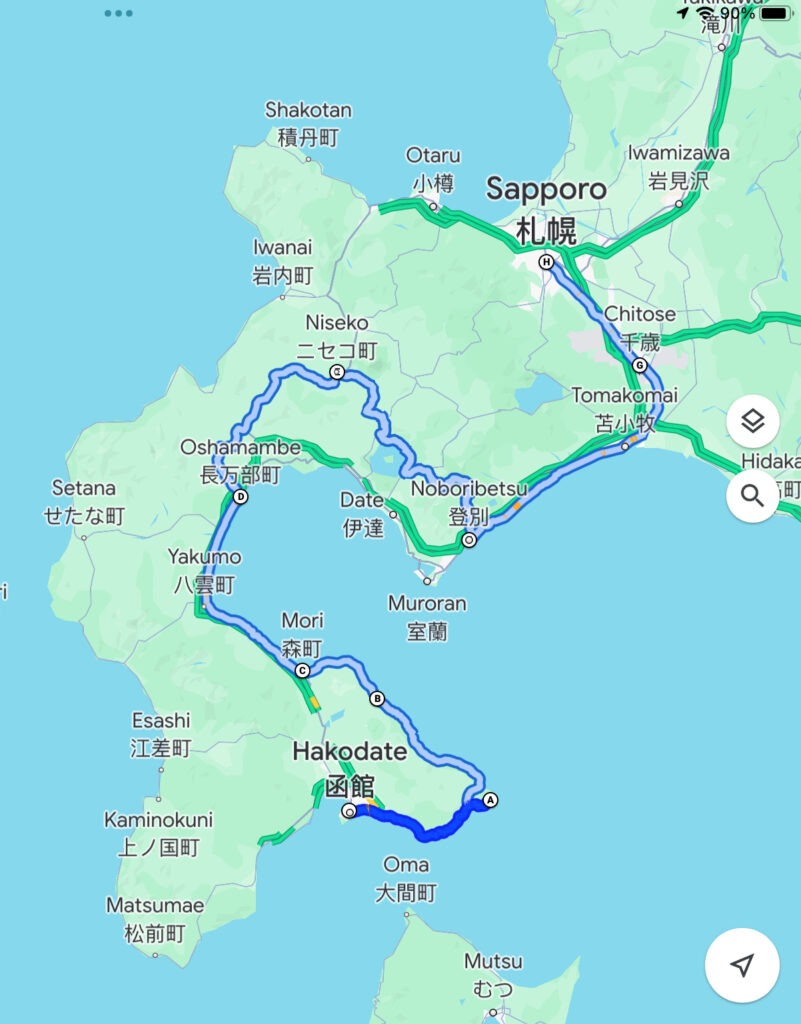
Most ferries to the island arrive in Hakodate and if that generally obscure city name rings a bell it’s with good reason – it captured global headlines and inflamed Cold War tensions way back in 1976 due to the defection of a certain Soviet Air Force pilot named Viktor Belenko. Viktor, you see, chose not just to defect, but brought his (then) state of the art MiG 25 with him ! Disillusioned with Soviet military life, he took off from Vladivostok on what was meant to be a routine training flight, then took his MiG 25 down to sea level and sped east to Hokkaido, eventually finding Hakodate airport, with just 30 seconds of fuel to spare. If an old Cold War story tickles your interest, read more about it here but it’s safe to say this pretty, small port city has not seen more excitement since !
We enjoyed a couple of days here and in the surrounding area. It’s an easy city to like- compact, with all the attractions close together, and a mountain backdrop that gives stunning views over the whole city and it’s impressive harbour. The sunny weather helped, weather which, over the coming weeks would sadly be rather scarce.
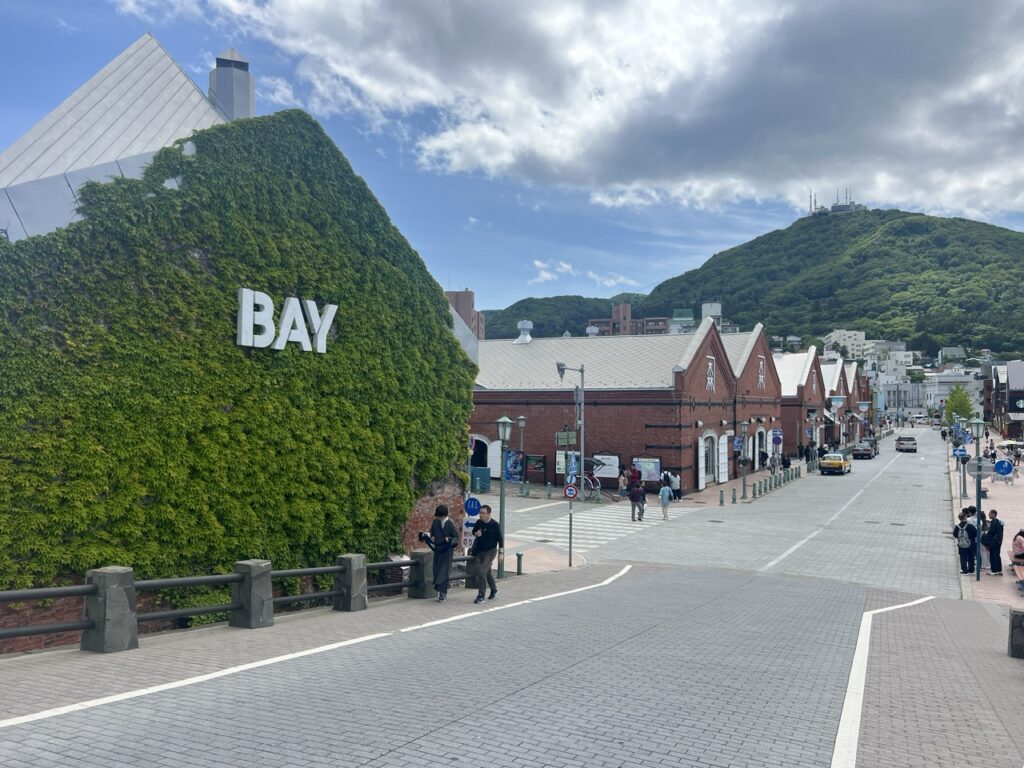
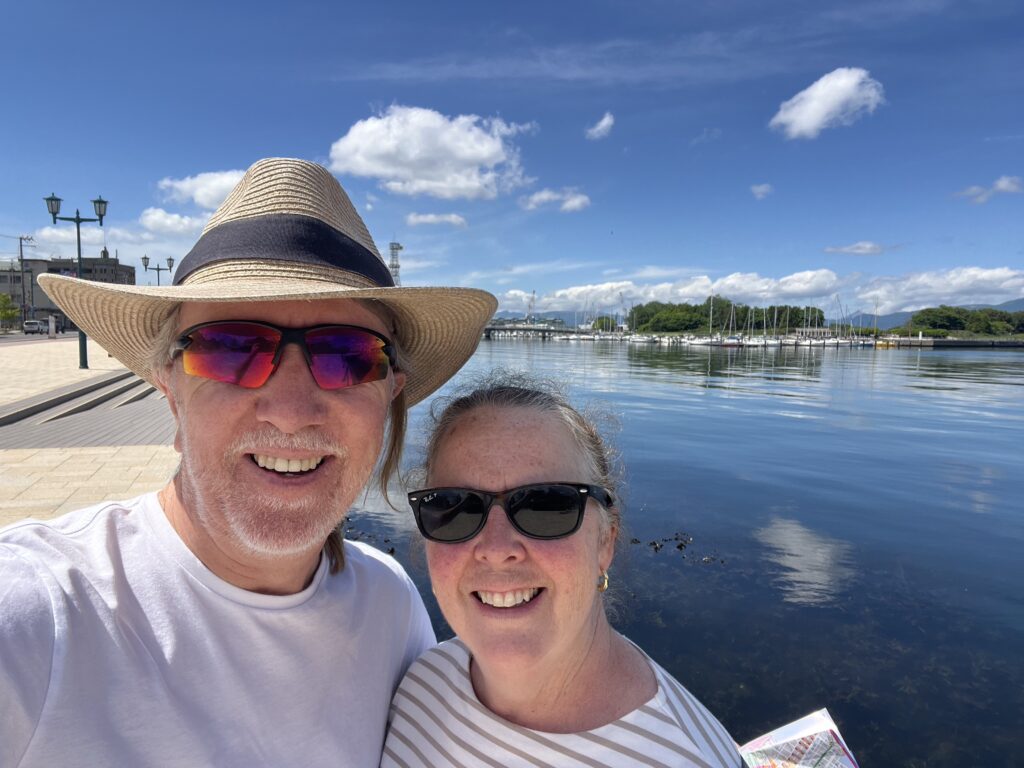
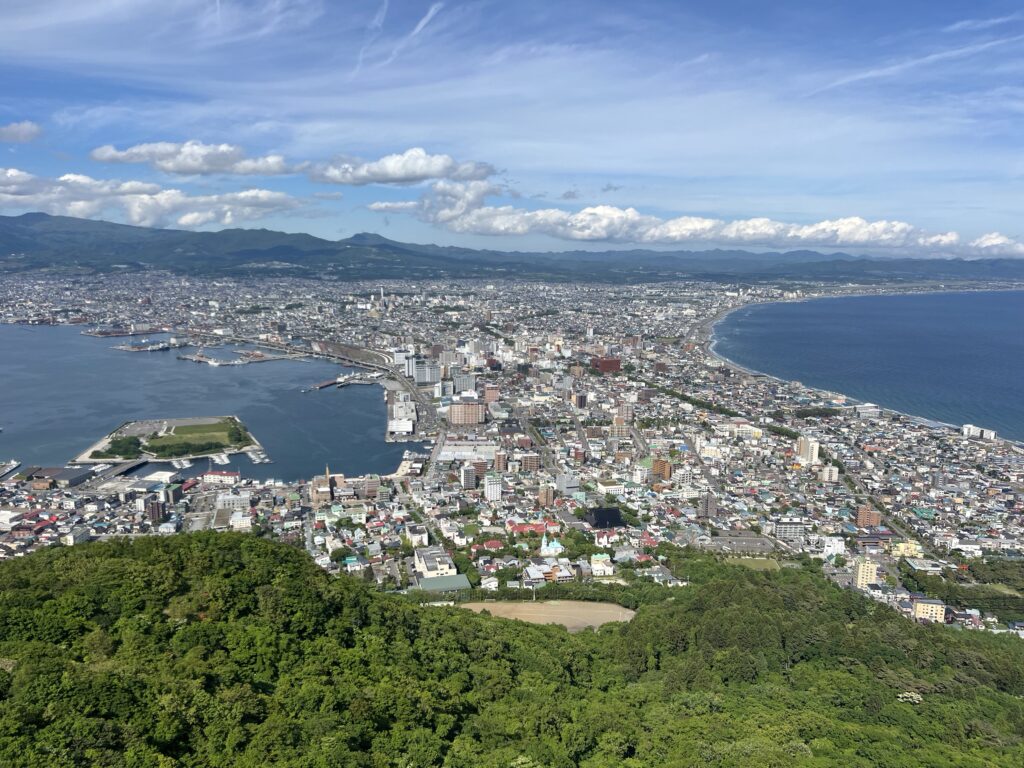
Travelling initially east, then north along the coastal route took us through Mt. Esan, Mori and Oshamambe before turning away from the coast and heading up past Lake Toya to Hokkaido’s ski areas of Niseko ( hugely popular with Aussie skiers ) and Rusutsu. They, like Hakuba, surprised us by the fact that there was till some snow around.

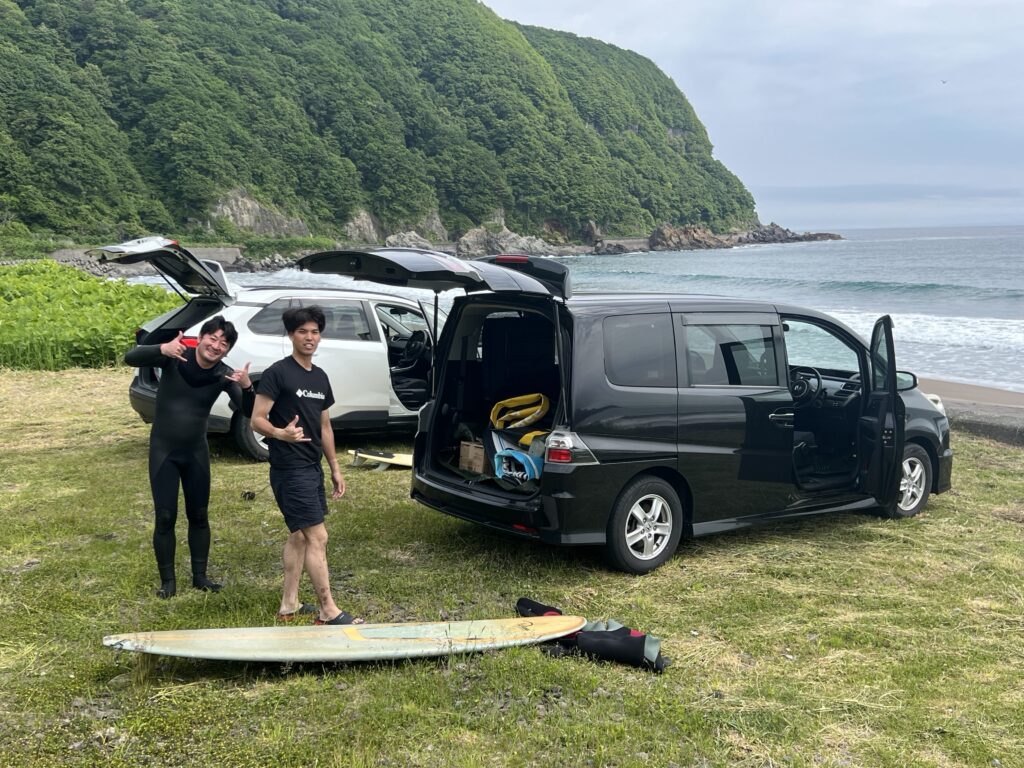
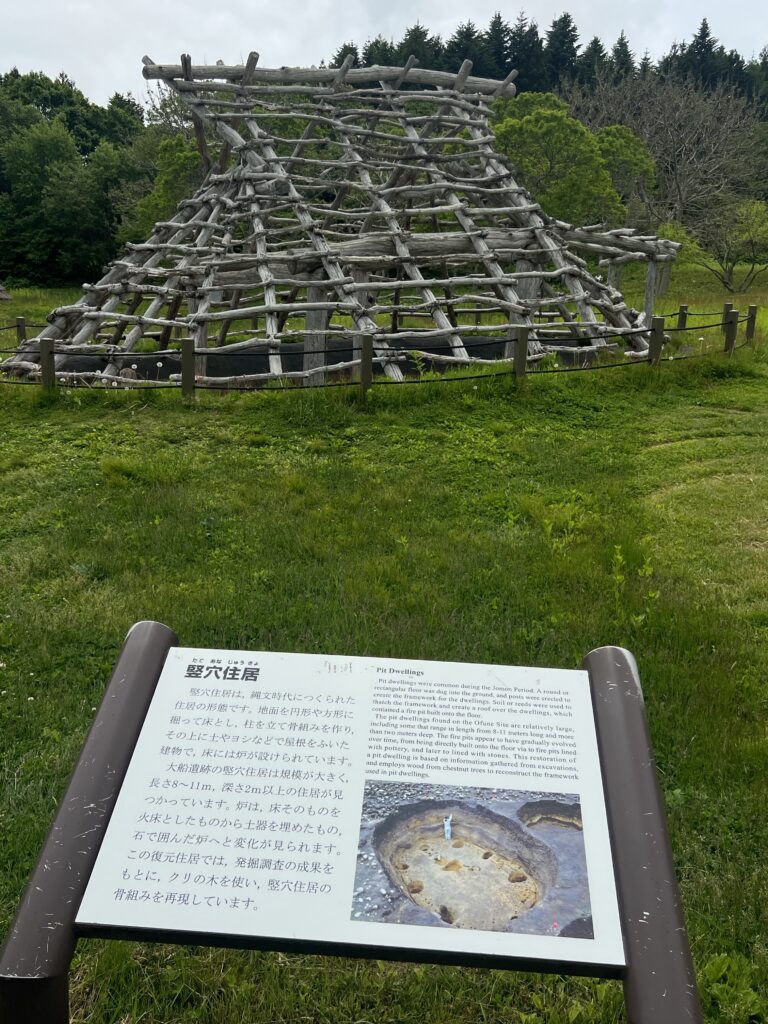
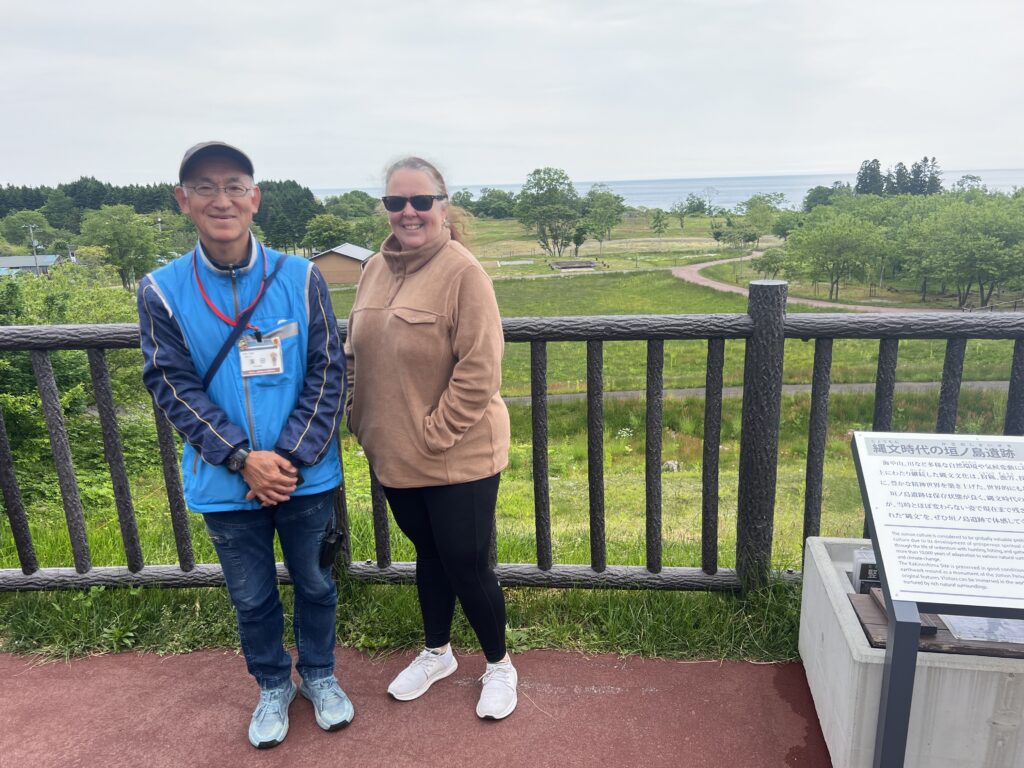
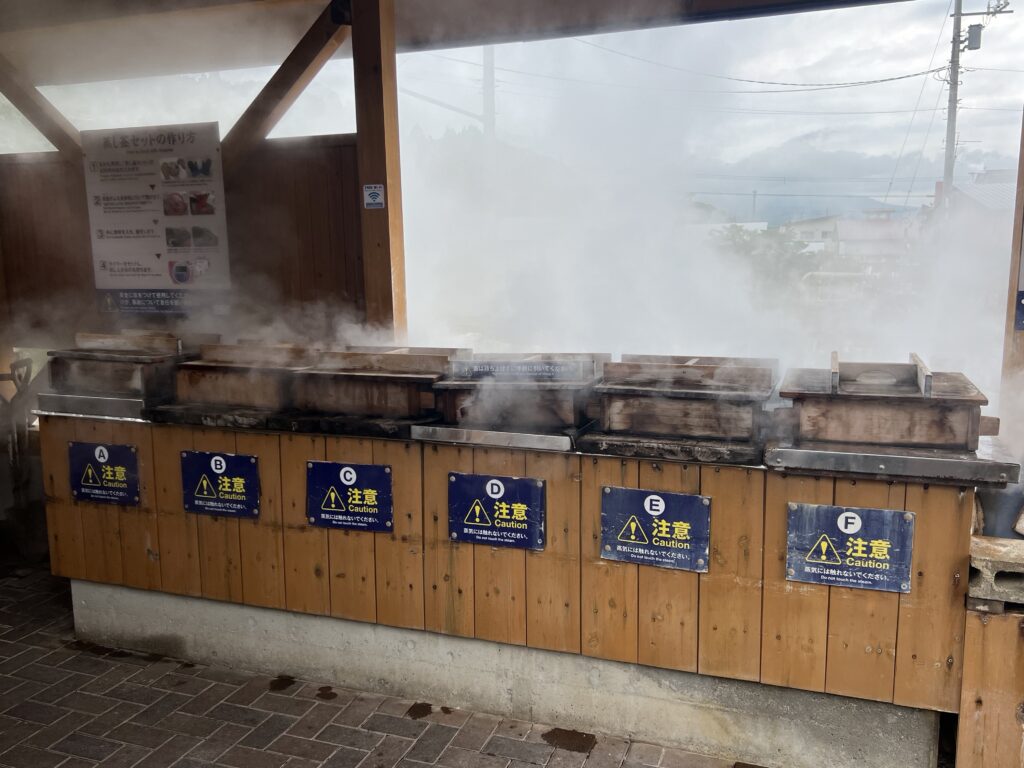
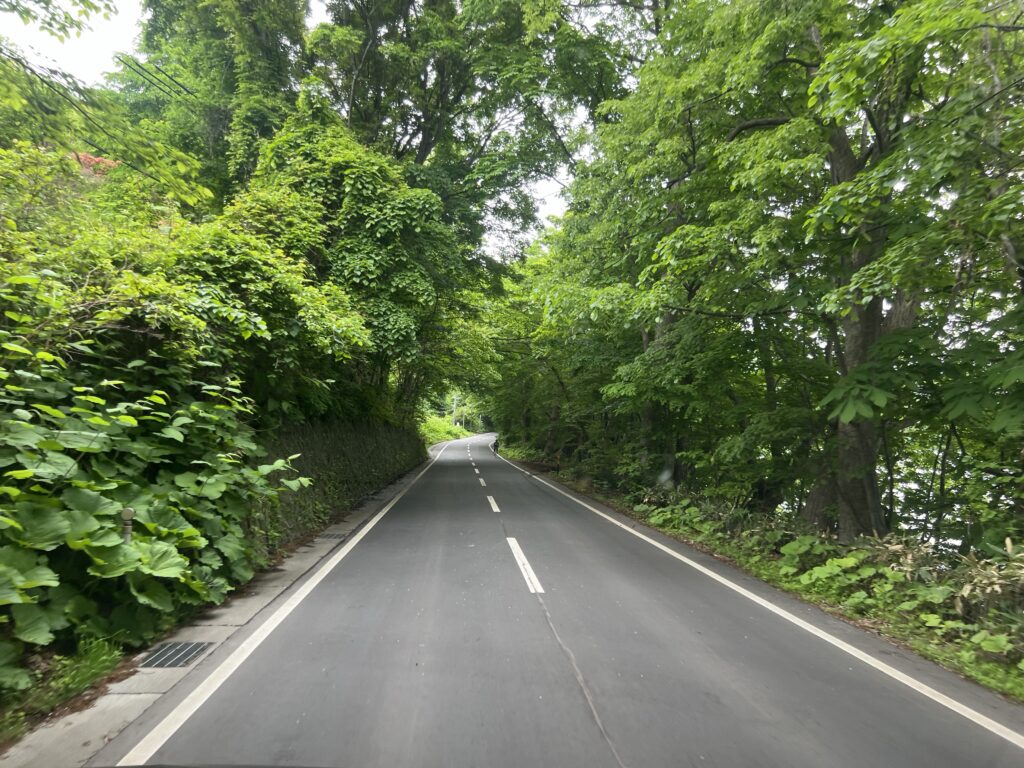
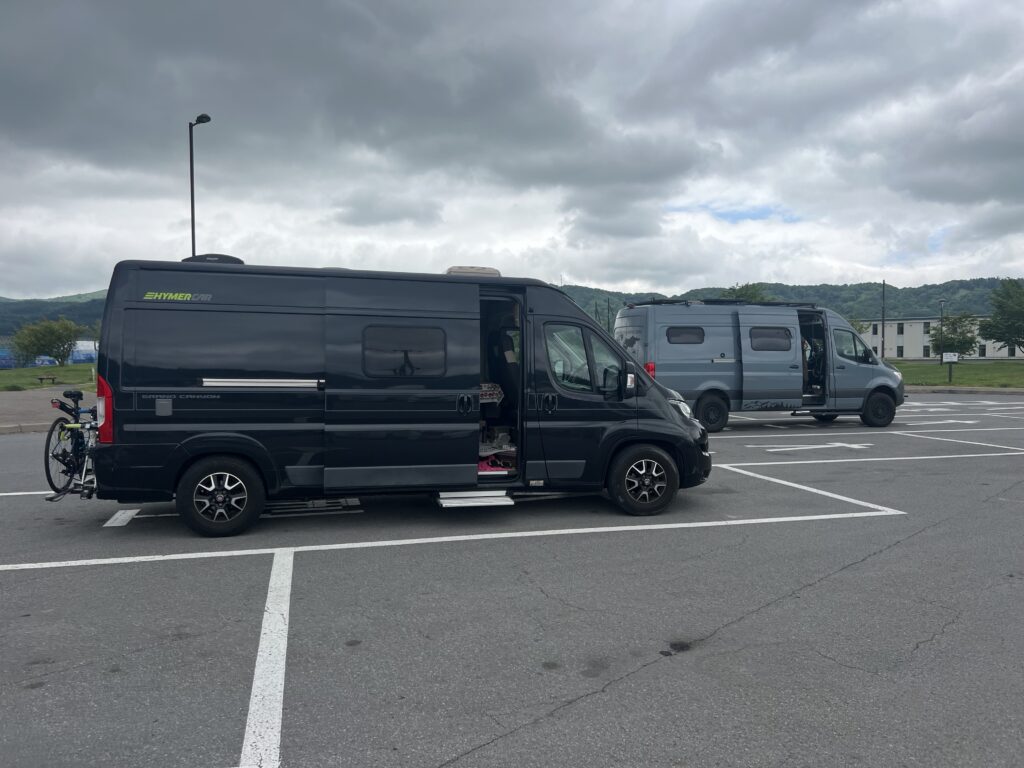
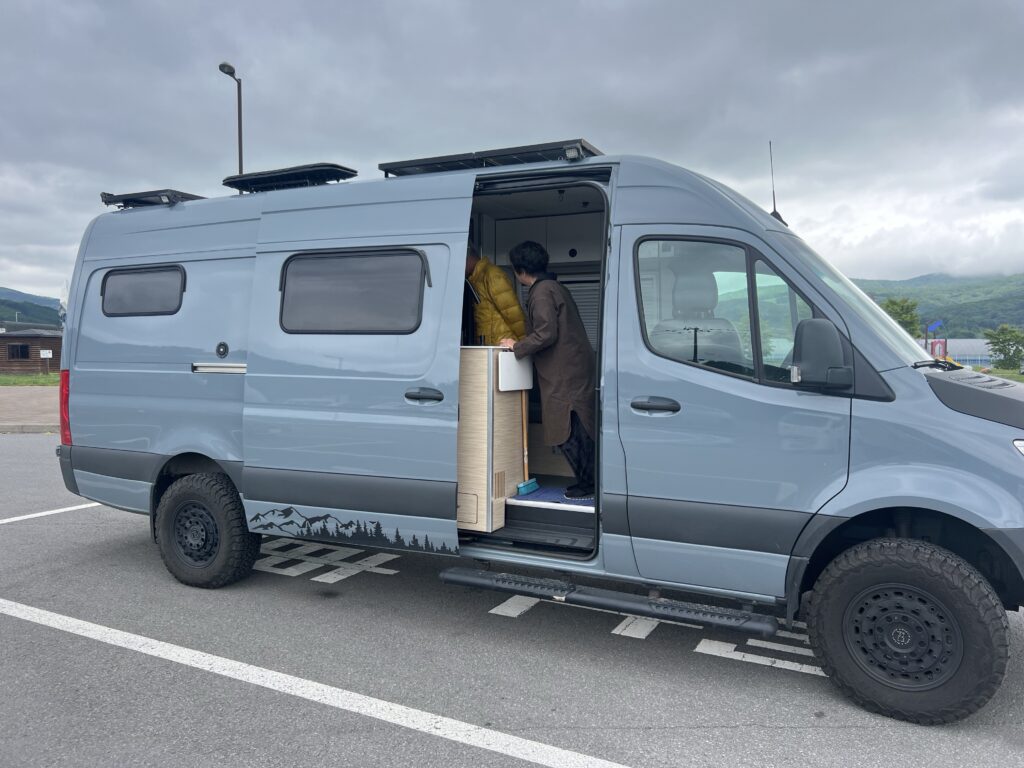
Between the ski hills and Sapporo lay one of Japan’s most well-known onsen towns, Noboribetsu. Not only are the hot pools large, there are lots of them with a range of therapeutic qualities, all fed from the thermal activity underground. Noboribetsu was wonderful, and the pools amazing – just one of those places where it all came together; nice weather, great walks, fantastic hot pools, great food and a wonderful place to park up right in town arranged by a friendly parking guy sympathetic to the challenges of finding same in places like Noboribetsu. To top it off we were fortunate to be there on the night of a very colorful local festival- icing on the cake!
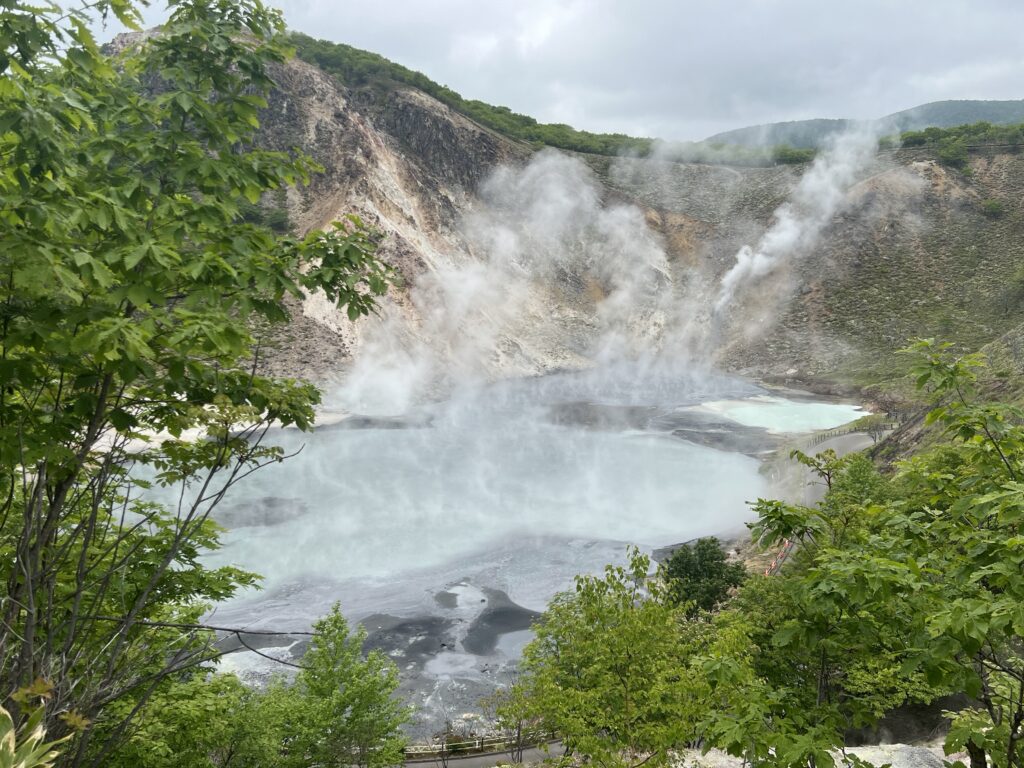
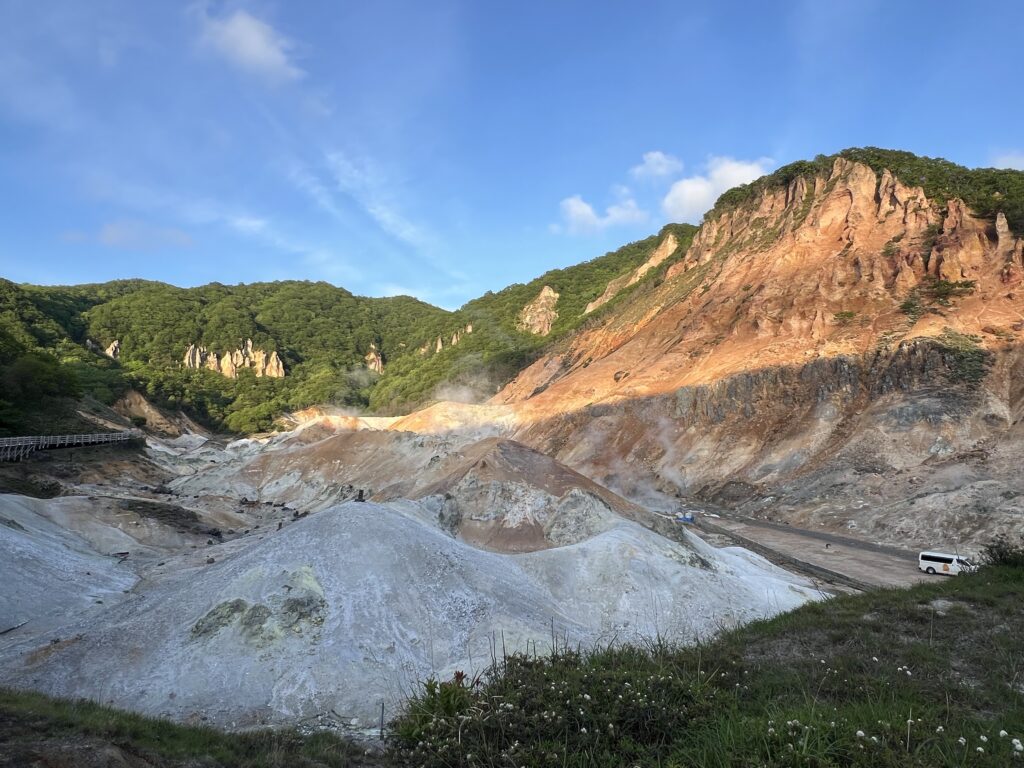
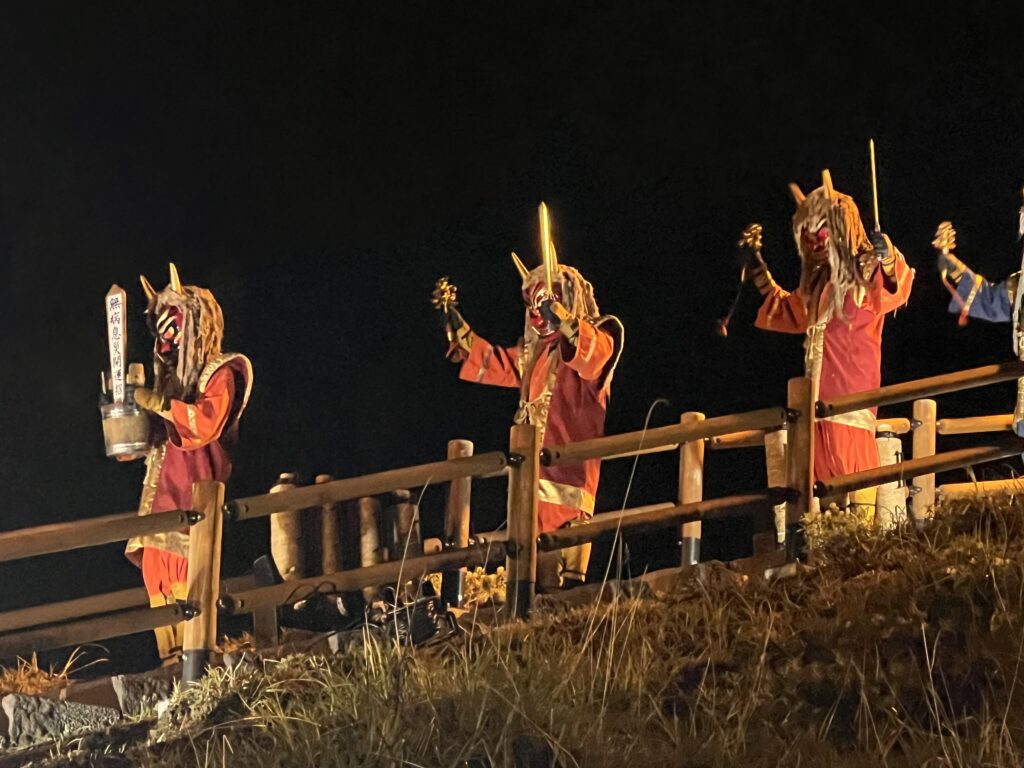
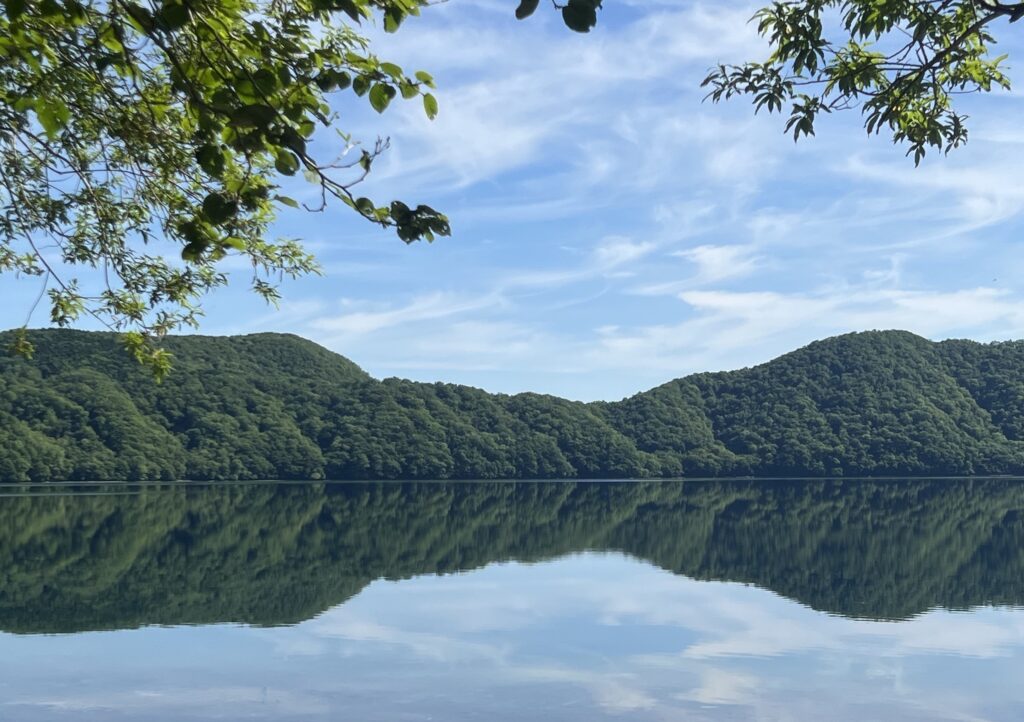
The drive on to Sapporo took us through some of the area’s prettiest lakes, made more enjoyable by another of our rare sunny days – sadly, not to last. Sapporo itself surprised us – much bigger than we thought but easy to navigate since it ( along with a few other Hokkaido cities ) is on a conventional “grid” layout not commonly seen elsewhere in Japan. Among other sights, a real highlight in Sapporo was the chance to tour the Sapporo Brewery and learn about the history of beer in Japan – actually quite fascinating !
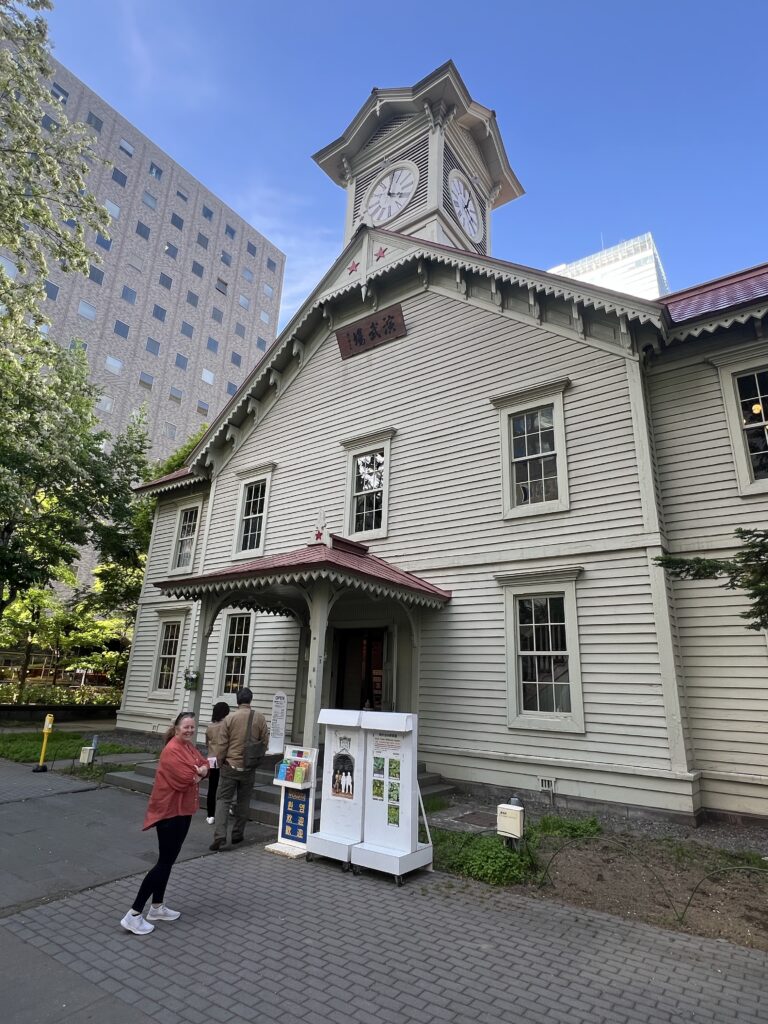
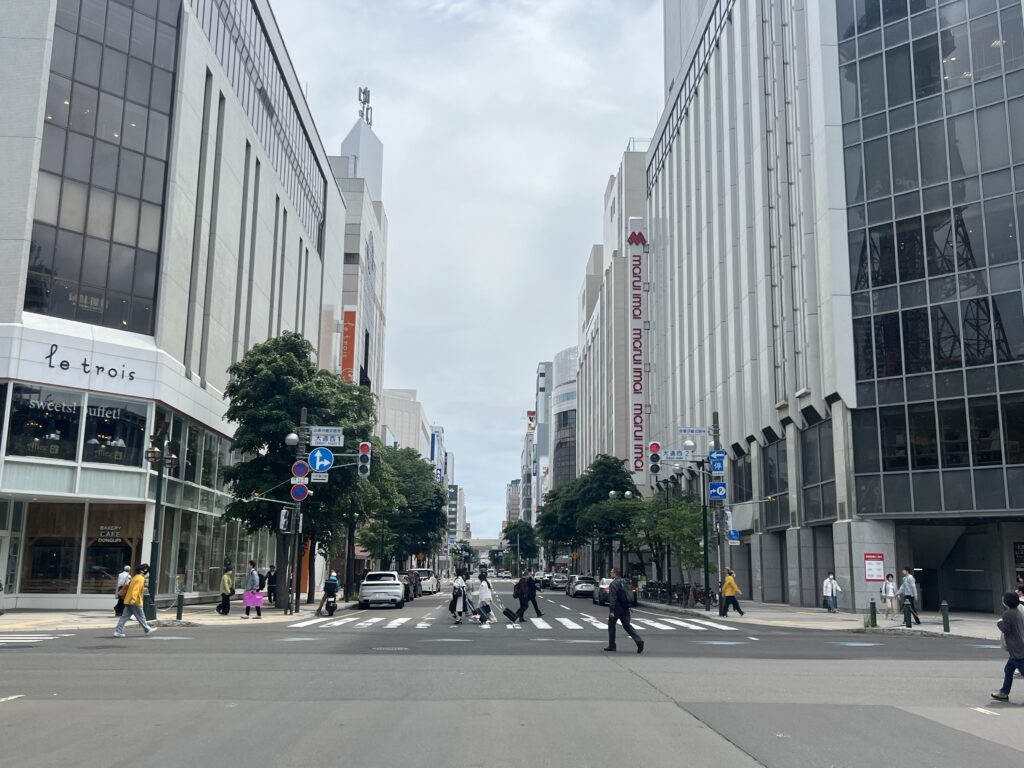
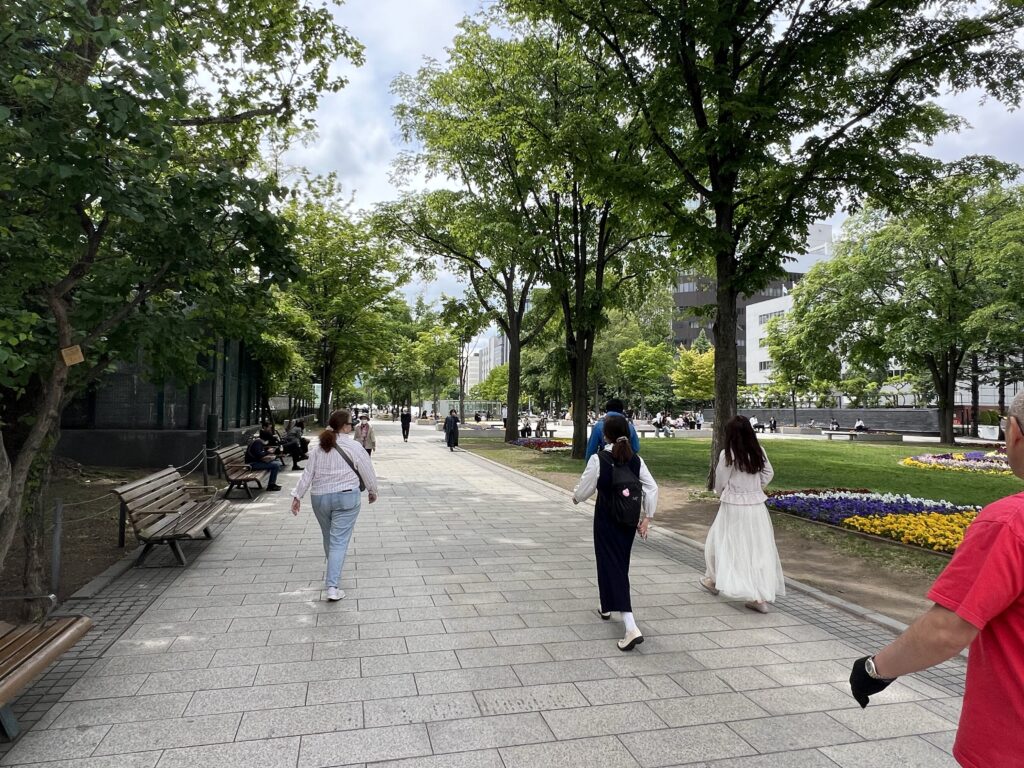
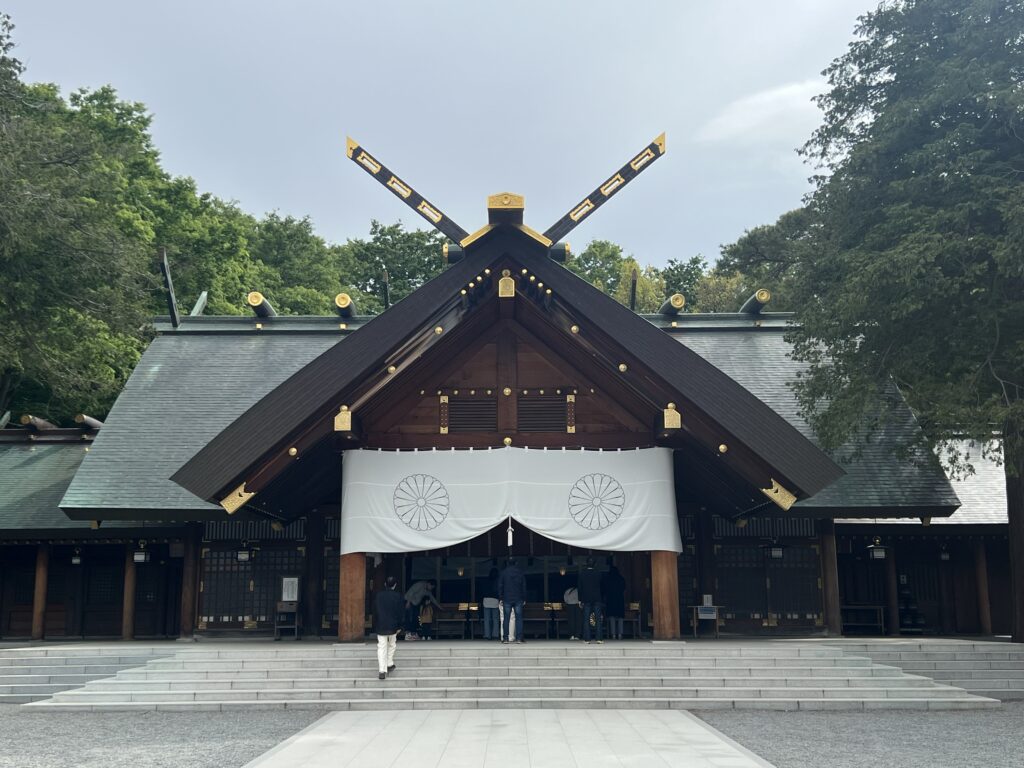
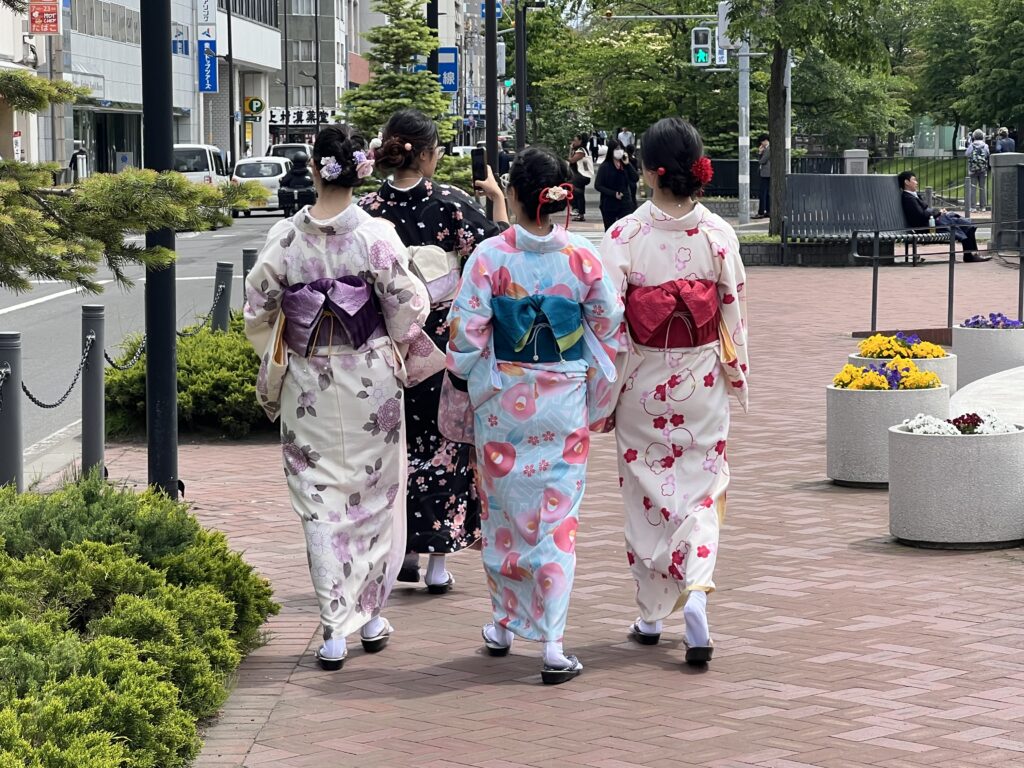

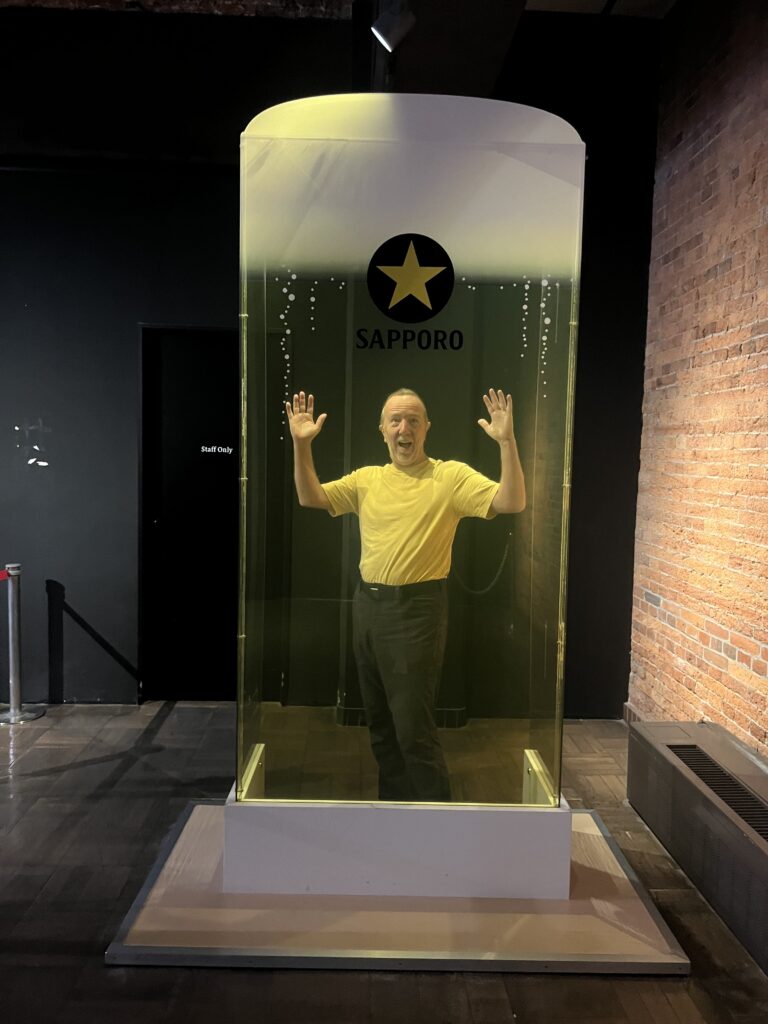
From Sapporo the next stage of our Hokkaido adventure takes us to Japan’s northern extremity, Wakkanai.
Till next week….

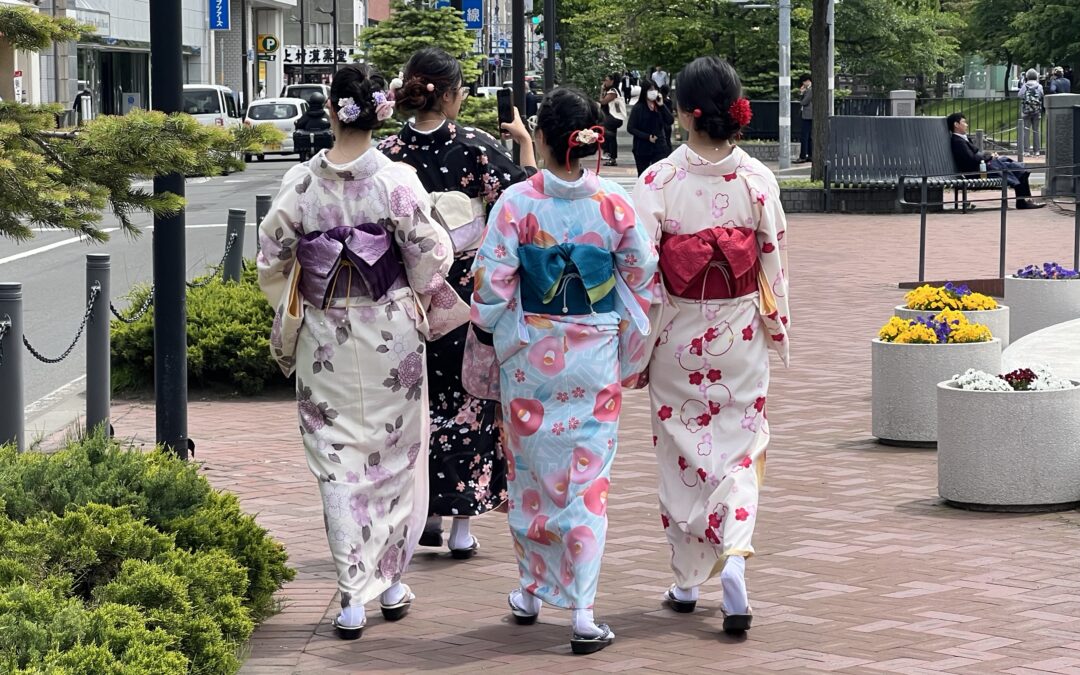
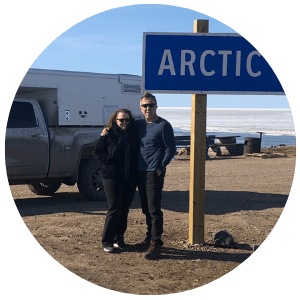
What was the issue getting the van on the ferry?
Ahhh, I did say “more on that later”- then forgot to tell the story…! I’ll put an appendix in next week but let’s just say it was one of those ( thankfully ) rare moments where a certain ( and typical ) Japanese trait was exasperating !